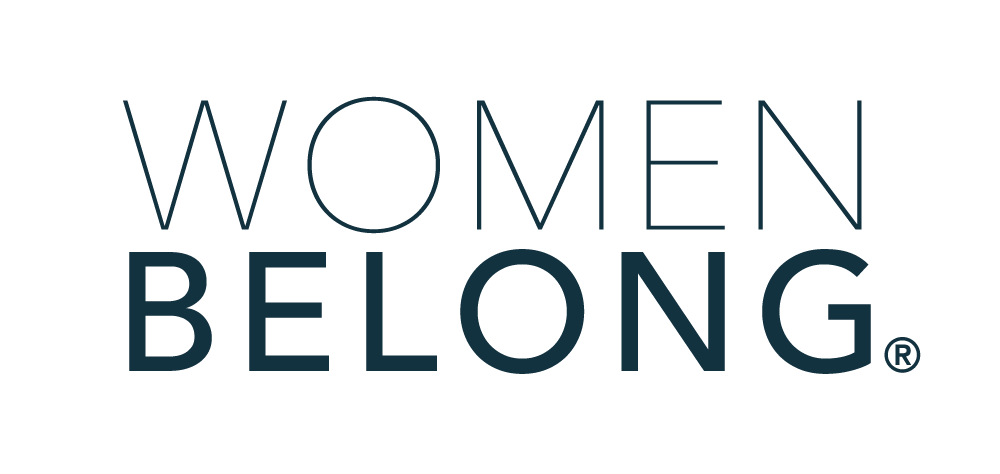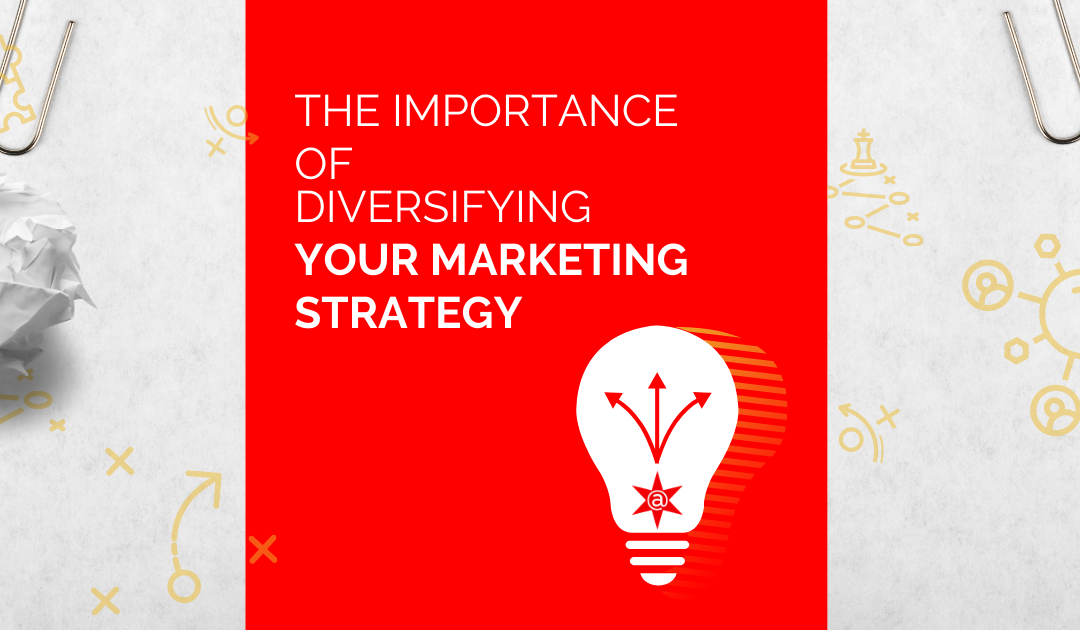As social media platforms race to optimize their features and algorithms for the best user experience—and new channels enter the limelight more frequently—many small business owners feel pressured to stay on top of the latest trends. According to Buffer, while 58.8% of marketers claim that social media is “very important” to their marketing strategies, almost 20% are unsure of how to measure that effectiveness. It’s easy to get distracted by “vanity metrics,” or those that make you sound good, but don’t indicate any significant outcomes. Some of these include impressions, “likes,” shares, comments and followers.
Many times when we meet with new clients, they are preoccupied with improving their social media strategy to the point of neglecting other pieces, such as email, content and SEO. They are right to care about prioritizing social media; in fact, 70% of agencies state social is integral to their packages (Sprout). However, as we have learned a few times over the past two years, relying too much on social media can be disastrous and costly.
Before the world became collectively overwhelmed with social media in 2020, three of the largest networks “went down” in history for the longest social media outage ever in March of 2019. Facebook, Instagram and WhatsApp users experienced partial outages for over 14 hours, costing individual small advertisers thousands of dollars in lost business.
2020 brought more social media perils for marketers: after several big brands were called out for tone-deaf messaging, many scaled back or took time to completely re-strategize. After the death of George Floyd, the #BlackoutTuesday movement called for brands to refrain from promoting themselves on social platforms for a single day. But amidst social unrest that stretched on all summer, many brands again decided to tone down their promotions out of respect or to simply avoid backlash. There was even a hot minute where we wondered if the latest app TikTok might be banned in the US market.
Cultivating a diverse foundation has always been a marketing best practice, but these examples show how dangerous it can be to rely on any single tactic more than others. And when all else fails, the assets you have the most control over will be your lifeline.
Marketing Plan Foundations
Foundational assets are those things that you own and have control over, such as your website and email list. While they may not seem as flashy as social media, they are definitely not static, one-off projects either. A regularly updated website and an active email strategy will both grow your audience while keeping them engaged with a stream of valuable content.
The slow burn of your content and email distribution activities may seem dull, but they will fuel growth for the long haul.
Email Marketing
In recent years, many have speculated that email is on its way out—or already dead. But every time social media goes into crisis mode, marketing experts start singing the praises of the mighty Inbox. In this article, the author examines the myth of dying email and suggests it is actually evolving, stating that 59% of B2B marketers reported that email was the most effective tactic.
Brand Message First
Whatever tactics you ultimately include in your marketing mix, developing a clear, audience-focused brand message and consistently integrating it across platforms is mission-critical. Most companies invest in a brand strategy in their first year and update it every few years as they grow and evolve.
Branding specialists will develop your brand strategy and guidelines, but all members of your marketing team must be involved to implement them: from visual graphics (i.e., logo, tagline, color palette and typography) to internal and external communication styles (i.e., your voice and the way you communicate “who you are” to your organization and to the outside world).
A solid brand identity is based on a combination of what you want your customers to think about you and what they actually do think. We conduct 360 interviews to get a sense of how our clients are perceived, and we encourage them to listen attentively to different kinds of feedback they receive from their audience: questions and comments during sales calls, social media engagement and reviews, to name a few.
We love shiny new marketing tools as much as the next guy, but without solid branding and foundational assets in place, social media is a risky game. This is the one instance where we advise our clients to “walk before you run.
A previous version of this article was published on Forbes.








































 Why Heroine?
Why Heroine? Women Belong Book Club: The Heroine's Journey
Women Belong Book Club: The Heroine's Journey Women Belong Progressive Networking Lunch - Glenview IL
Women Belong Progressive Networking Lunch - Glenview IL Introductions - Members Only
Introductions - Members Only Connections - ZOOM Networking Event
Connections - ZOOM Networking Event